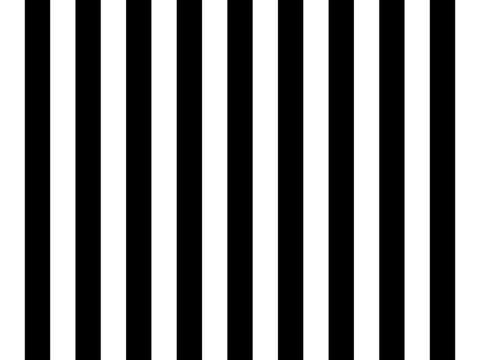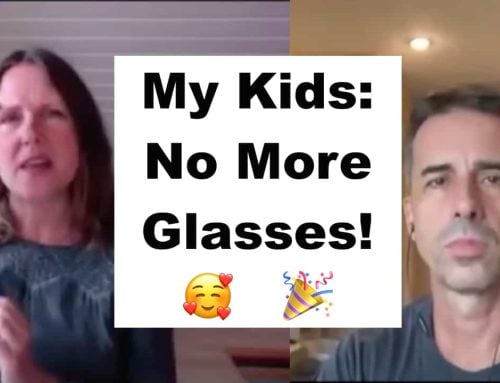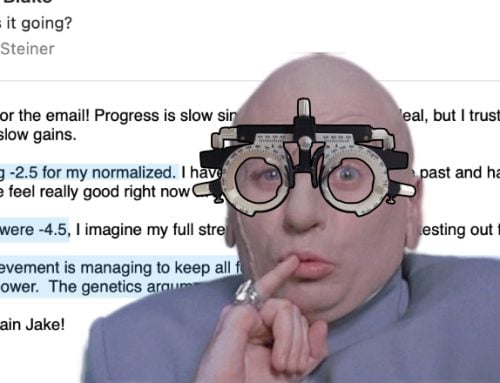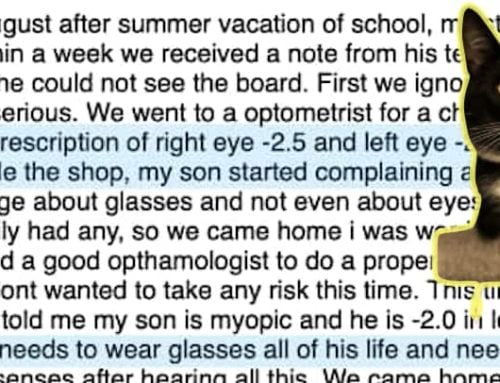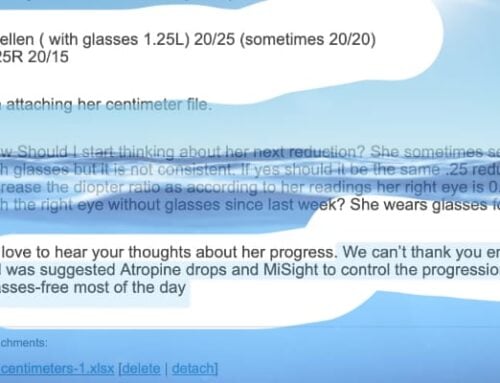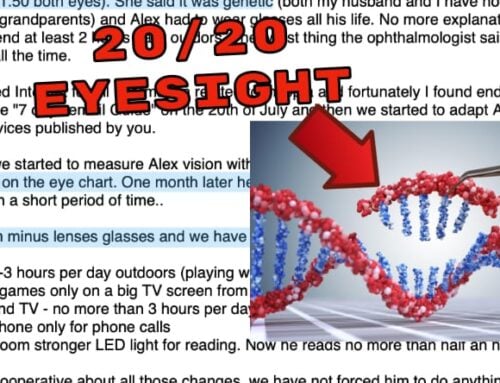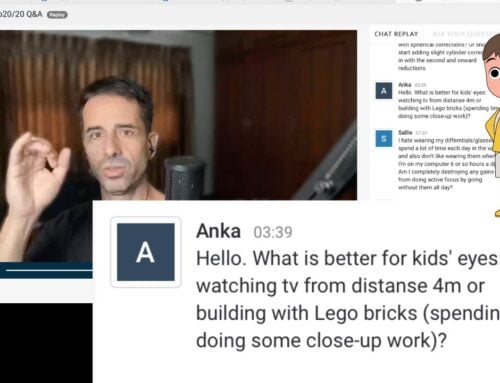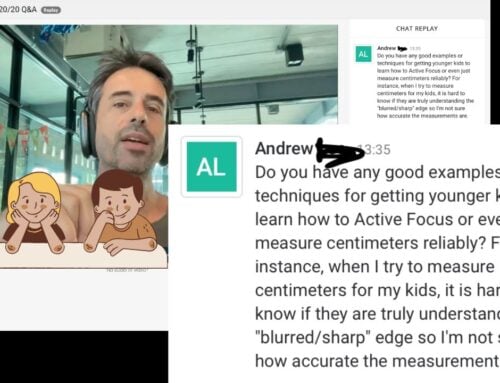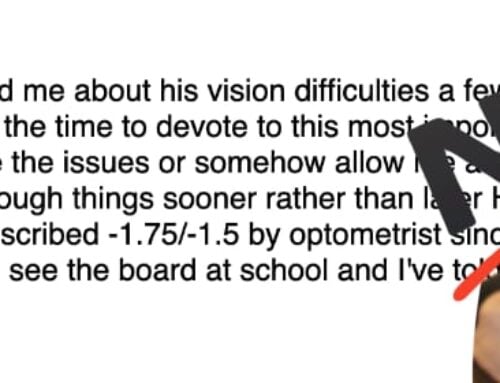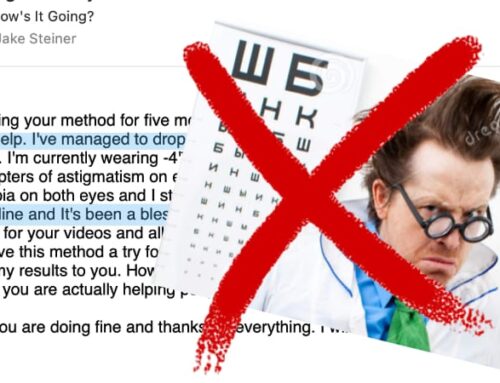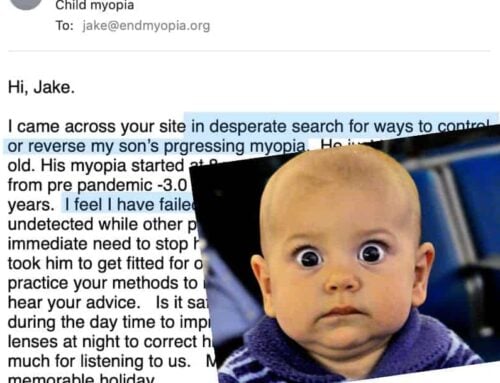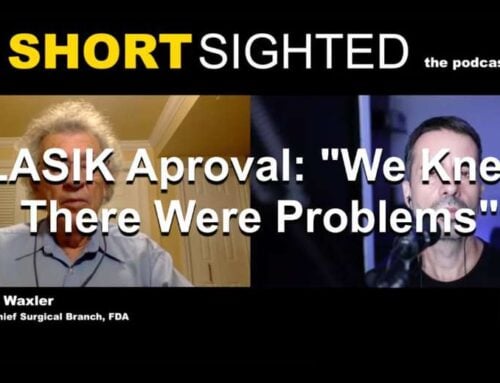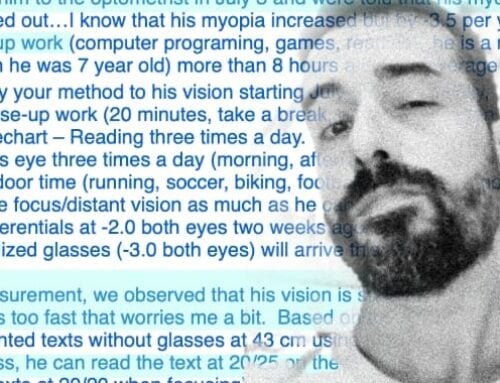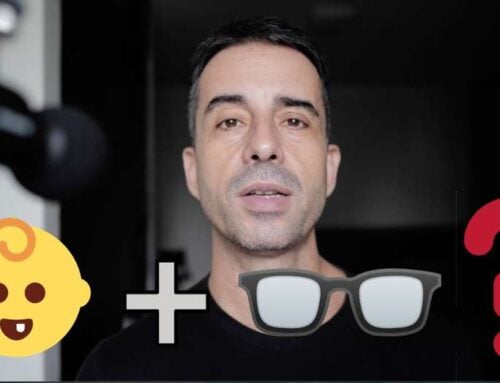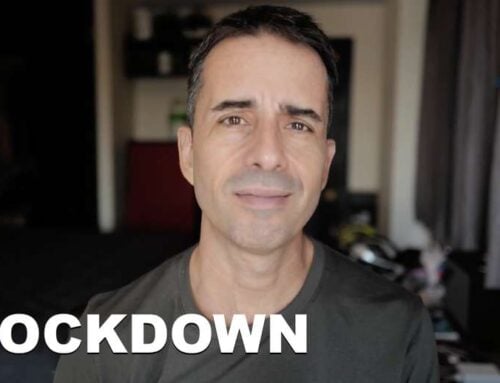This article, just a short intro to some infant eye development concepts.
If you’d told me in my 20’s that I’d one be talking in a quasi-expert capacity about infant eyesight, I’d have told you that you’re crazy. Back then I was mostly just interested in offshore boats and vintage motorcycles, and ways to amusingly shorten my life expectancy.
But here we are, a decade or two later. Old man Jake is going to tell you things about infant eyesight.
 Read the rest of this post in your best Indian Sean Connery voice.
Read the rest of this post in your best Indian Sean Connery voice.
First let’s get out of the way some exceptions. There are all sorts of things that can happen with newborn eyes, that warrants seeing a doctor over, rather than chatting with the eye guru. Always consult with a good ophthalmologist when you have baby eye questions. (And if they say “get minus lenses”, then perhaps run away.)
Make sense? Don’t go overboard with the naturalist-mystic-Internet-hippie talk, when it comes to your baby. Science does know some things, and the Internet is full of crazy people. That said …
A lot happens in the first three months of a baby’s visual development. There’s lots on that topic on various parenting sites, some of it more accurate than others. I prefer digging into science studies rather than the light fluff pieces. Why? You get not just findings, but also the tools and methods that science uses to evaluate infant eyesight. Often quite enlightening, that.
The three things that are perhaps most noteworthy, in the first three months:
Contrast Sensitivity
That’s where things really start off. We’re still in hyoperopia at this point (farsighted, the eyeball is yet too short), baby can’t see far at all. We also don’t get real color vision yet. Mostly the early eyesight is about movement and contrast.
From ScienceDirect:
Contrast sensitivity functions have been obtained for infants aged 5–12 weeks. Sensitivity was derived from fixation preference for static or drifting sinusoidal gratings over a uniform field, assessed by two-alternative forced choice by a “blind” observer. In terms of acuity, extent of the low-frequency cut, and overall sensitivity, there were large differences between the 5-week group and older age groups. This difference in performance may reflect rapid neural development in the visual system over the first 3 months of life.
Lots going on in the visual cortex, at this stage as well. Remember the Harvard Pirate Kitten experiment? Similar idea.
Contrast sensitivity: the very basic starting point of baby vision.
This is where offshore-boat Jake has to step in for a moment, with some context. I’m obviously just the eye guru, not a child development specialized ophthalmologist (or even the front office phone answering secretary). I just went off to fix my own myopia, and then friends myopia, and then friends of friends, and so on and all that. Eventually that ended up with people asking about their children and me saying, “hey I don’t know”. But people insist and I already am in the research grove and a lot of the backstory is already in place. So look at these things from that perspective. Accidental eye guru. Dubiously valuable child development insights. That’s the classification to apply to this reading.
Ok, so that out of the way, here’s what I’d personally suggest:
From quite a few years of exposure to babies and eye development and looking at research, I’ve grown opposed to a lot of the hands-off (self soothing, YIKES), and third party child rearing concepts. The more exposure to the mother’s face at this early stage, the better. Breast feeding, if at all possible. There’s a whole lot of (very scattered and very interesting) pieces of data out there suggesting that the mother’s face, the eye child’s eye fixation on the mother while breast feeding, is really very important to aid the visual development of the whole system. Lest this post turn into a book, I’ll try to leave it at that for now, but really consider this as my most fervent advice of all. Those first few months, key times.
 Not great convergence yet. Compare that though to the baby looking at the mother’s face!
Not great convergence yet. Compare that though to the baby looking at the mother’s face!
Not for the least of which, the two other pieces of infant eye development that are important:
Accommodation & Convergence
Accommodation, the ability to focus near and far effectively. Convergence, both eyes working together to turn inward when focusing on nearby objects.
Convergence insufficiency, a not entirely uncommon problem that starts in early childhood visual development.
It’s something that may well be helped when we don’t ignore the biology, and do as much old school child rearing as possible. Think baby focused on mother’s face while breast feeding. I also watched what by now is hundreds and hundreds of infants interact with a nanny vs. the mother, and there is a notable difference in visual engagement in the former vs. the latter.
 Look at that beautiful convergence.
Look at that beautiful convergence.
Convergence and accommodation development are critical in the first few months:
Paraxial photorefraction was used to assess the development of accommodation and convergence in a large sample of infants under 1 year of age. The infants viewed small dolls placed at various distances (200–25 cm). The majority of infants at all ages demonstrated appropriate convergence for target distance, regardless of manifest refractive error. However, accommodation lagged behind convergence in development. Infants under 2 months tended to demonstrate either flat accommodation responses with a fixed plane of focus at around 30 cm, or accommodated appropriately for near targets, but failed to relax their accommodation sufficiently for the more distant targets. Thus, the focussing error increased with increasing target distance. Since the manifest refractive error was estimated by extrapolating the accommodation function to 0 diopters demand, these infants demonstrated spuriously myopic behavior. After 2 months, the majority of infants showing emmetropic behavior had accommodation responses that changed appropriately with target distance. However, infants with myopic or hyperopic manifest refractive errors displayed a variety of accommodative styles.
Source: ScienceDirect
As opposed to adult myopia where I’m conformable to assert myself as the supreme source of wisdoms and insights, babies are a different story. There are a lot of variables and less certainty in contributing factors to visual development health. We’re firmly headed into shanti-hippie territory, when we’re talking about breast feeding and mother’s faces, and how you’d better do that to minimize risks of developmental issues. Since I just had my very own first baby though, I can tell you one thing for very certain: I’m not taking any chances with visual development. As much mommy time as is conceivably possible, is what we’re getting.
Perhaps more on this topic another time.
Cheers,
-Jake


